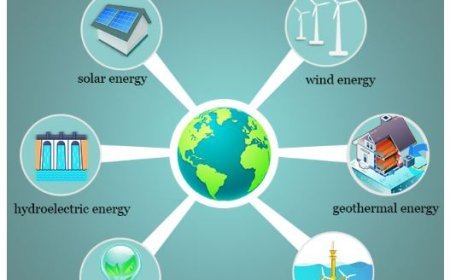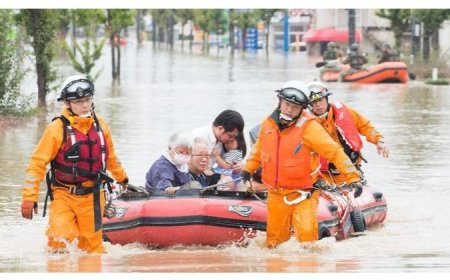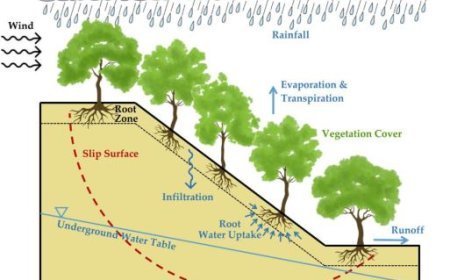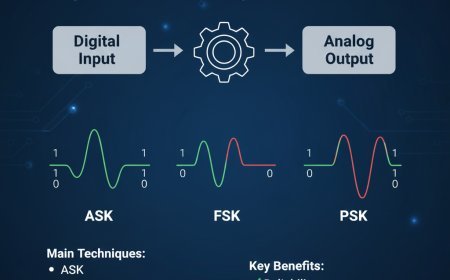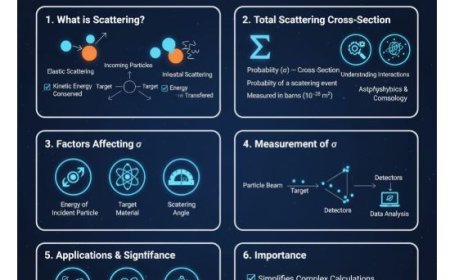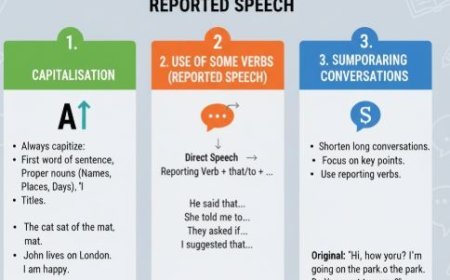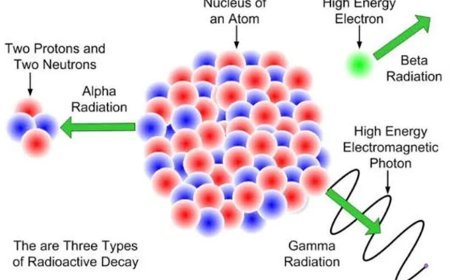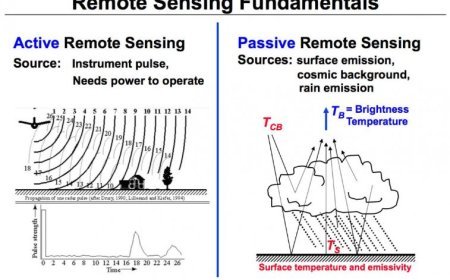METHODS OF CORRELATION
Explore the various methods used in stratigraphy to correlate rock formations and reconstruct Earth's history. Learn about the principles and applications of these techniques.

Methods of Correlation
The process of lithostratigraphic correlation entails the alignment of rock units according to their physical and compositional properties.
- Techniques: Comparison of Rock Types
- Rock types may be identified and matched by the analysis of their mineral content, texture, and structure.
- Effective for establishing correlations between homogeneous geological units.
Analysis of stratigraphic sequences: - An analysis of the organisation of rock strata and sedimentary characteristics to monitor ongoing geological histories.
- Identification of variations in sedimentary facies and structures with the purpose of establishing correlations.
Marker Bed Identification
- Leverage discernible strata, such as volcanic ash or distinct sedimentary formations, that may be readily followed over extensive distances.
- Enables the establishment of accurate correlations across various geographical areas.
2. Biostratigraphic Correlation Analysis
Summary
- Biostratigraphic correlation is a method that uses the existence and arrangement of fossils to align strata of rocks.
Methodology: Index Fossils
- Utilise fossils of frequently distributed, short-lived, and readily recognisable species.
- Exemplary examples encompass trilobites or ammonites, contingent upon the geological epoch.
Definition of Biozones
- Specify and establish zones according to particular fossil collections discovered together.
- Enables correlation over vast geographical areas and among several locations.
Comparison of Assemblages
- Comparison of co-occurring fossil groupings to align strata from different geographical areas.
- Encompasses a more comprehensive connection compared to individual fossil kinds.
3. Correlation in Chronostratigraphy
Overview: Chronostratigraphic correlation relies on the quantification of rock strata's absolute ages using dating techniques.
Methodology: radiometric dating
- Employ methodologies such as uranium-lead or potassium-argon dating to acquire accurate values for the ages of rocks.
- Allows for the correlation of absolute dates with other strata that have been dated.
Cyclostratigraphy
- Relate strata according to cyclic patterns, including Milankovitch cycles, that impact the process of sediment deposition.
- It is valuable for establishing correlations between sedimentary records across extended geological timeframes.
Magnetic Stratigraphy
- Conduct correlation analysis of magnetic field reversals seen in rocks.
- Magnetic polarity can be benchmarked against well-established global temporal scales.
4. Seismic stratigraphy
- An overview of seismic stratigraphy involves the use of seismic reflection data to establish correlations between rock strata by analysing their acoustic characteristics.
Methodology: Seismic Reflection Profiling
- Analyse seismic wave reflections from various rock strata to generate comprehensive subsurface profiles.
- Compute the correlation between strata by comparing seismic facies and reflection patterns.
Stratigraphy in Sequence
- Identification and correlation of sedimentary sequences and their associated boundary surfaces.
- Facilitates comprehension of depositional settings and historical changes.
5. Chemostratigraphic Correlation
- Chemostratigraphic correlation is a method that uses chemical compositions and changes in rock strata to establish data correlation.
Methods: Elementochemical Analysis
- An analysis of major, minor, and trace elements in rocks is conducted to identify chemical changes and establish relationships.
- Examples include variations in elements such as strontium or barium.
Atomic isotope analysis
- Utilise stable isotopes, such as carbon or oxygen, to establish correlations between strata by analysing their isotopic ratios.
- Contributes to the reconstruction of historical environmental and climatic dynamics.
Sixth-order stratigraphy
Summary
- The stratigraphy of sequences is concerned with establishing correlations between sedimentary sequences by analysing the depositional settings and their associated boundary surfaces.
Methodology: Determination of Sequence Boundaries
- Identify surfaces that delineate distinct sedimentary sequences, such as unconformities or surfaces resulting from erosion.
- Utilise these borders to establish correlations between strata in different geographical areas.
Correlation of system tracts: - Conduct an analysis of sedimentary deposits within designated system tracts, such as lowstand, transgression, and highstand.
- Provides insights on the temporal dynamics of sea-level fluctuations and depositional settings.
What's Your Reaction?









